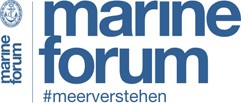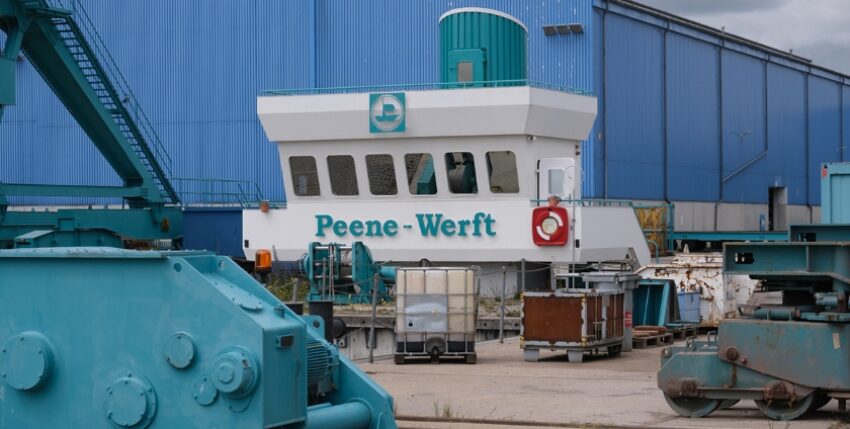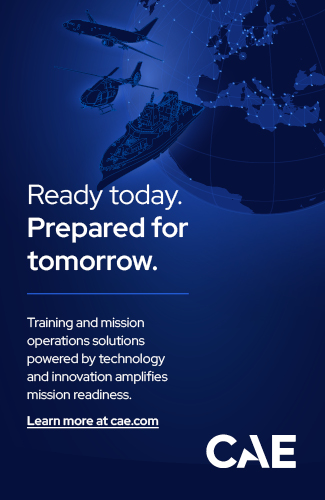Efficiency and a down-to-earth approach form the basis for the success of the Peene shipyard. As part of the Lürssen Group, the company is an important partner to the navy.
"We are a compact shipyard," says Harald Jaekel, Managing Director of the Peene shipyard in Wolgast. After a warm welcome in his office, which is decorated with model ships and personal memories all over the walls, he immediately explains what he means: "His" shipyard specialises in new construction and repair. By this he means the short distances on the shipyard site of the easternmost NVL location with several hall complexes that make the processes more efficient. "This is the result of years of experience" and probably also a pinch of tradition, as Jaekel explains not without enthusiasm.
You also have to be efficient in the current situation, as the security and defence industry is currently on everyone's lips, with upgrades and retrofits being a daily news and discussion topic. Jaekel and his head of ship repair, Nils Teschendorff, explain this using the large shipyard model in the foyer: "The routes from keel laying to final production are logical and easy to follow from hall to hall. The route on the model looks like a Williamson turn - and that's how you walk the route. An hour's walk all round: it smells of steel, welding work and that incomparable echoing sound of metalwork in large halls. It's good to be able to visit a shipyard again.
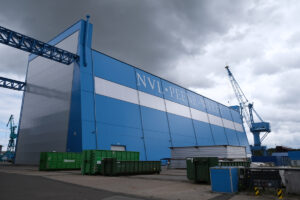
A shipyard that people in the East are proud of. Tour completed and lo and behold - it's compact. The feeling of clarity also applies to the crews of the naval units, who have plenty of comfortable accommodation next to the shipyard, are catered for and can carry out their duties without having to walk long distances. This is certainly a good argument in the tendering process when crews for corvettes, tenders and minesweepers have to be looked after for long periods of time. Harald Jaekel is well aware that building and repairing units for the navy and other security agencies is not just a job, but also a service to national security.
Down to earth
Jaekel's connection to the navy is clear to see; his biography is linked to minehunting boats from an early age and the tradition in Wolgast, which goes way back to GDR times, is part of the down-to-earth attitude that everyone here radiates. This includes mechanical engineer Teschendorff, the third generation to work here for 27 years, who has a lot to say about the shipyard's chequered history over the last 40 years. The importance of the location for the People's Navy, the significance of the shipyard for the region, changing owners - it's all part of the shipyard's eventful history.
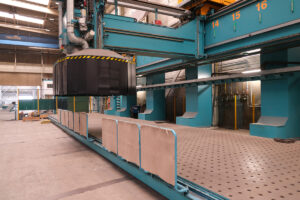
The Wolgast shipyard has been part of the Lürssen Group since 2013. Two forecastles of the frigates 125 were built here, as well as the five aft ships of the corvettes 130. Steel work is currently being carried out at the Peene shipyard for the new fleet service boats, which are casually referred to here as "Flodibos". The new builds for the General Customs Directorate are also on the agenda, and two of the three ships have already been delivered on schedule. In 2021, Lürssen outsourced naval shipbuilding to NVL (Naval Vessels Lürssen), which is part of the Lürssen Group. In addition to the Wolgast shipyard, the NVL, which is based in Bremen-Vegesack, now also includes Blohm+Voss in Hamburg, the Lemwerder site with the NVL Campus currently under construction and the two repair shipyards, the Neue Jadewerft in Wilhelmshaven and the Norderwerft in Hamburg. A group that has developed into by far the largest partner for the German Navy in surface shipbuilding.
Planability for the navy
What are the general conditions like? Orders, suppliers, market situation, investments? Above all, personnel! Jaekel seems relaxed and confident: "The situation for young talent is very good, we have 50 trainees, good social structures, and we are also happy to take on families and have already hired married couples." Engineers, especially in the fields of electrical and mechanical engineering, are more difficult to recruit. As an economically important company with high added value for the entire region, it is easy to recruit staff here. One downside is that the University of Greifswald does not offer any technical degree programmes. The tour shows: Training, retention and attractiveness are clearly recognisable. Large workshops and approachable trainers guarantee the job security that is so important in the region.
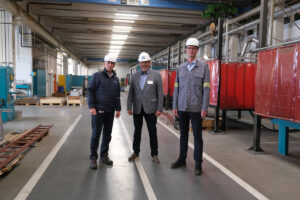
When asked about their positioning, both interlocutors are clear: 70 per cent new construction, 30 per cent repair in terms of turnover and working hours with the aim of creating predictability for the navy. The Peene shipyard, which is primarily responsible for the pre-production of new naval vessels, including steel construction and pre-fitting, stands for expertise in certain ship classes for all public clients.
As proof, there is a customs ship at the pier, ready for delivery and already handed over at the time of publication. Teschendorff lists the ships: Naval vessels, federal police and research vessels, offshore catamarans and local shipping companies - the latter primarily out of regional ties and responsibility rather than as a concept. "We have to position ourselves broadly, be open to new developments as an innovative and integral part of the NVL and adapt quickly to market developments," says Jaekel.
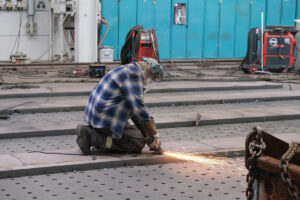
Where are the limits? The limits are set by the customer and physics, is Jaekel's confident answer. Well, there is one obstacle: the size restriction imposed by the Peene Bridge is a factor, as the width of the ship is limited to 30 metres by the passage opening. The shipyard operates three shipbuilding halls as well as a covered dry dock built at a cost of several million euros and a ship lift. The dry dock can hold ships up to 175 metres long and 27 metres wide, while the lift can accommodate ships up to 110 metres long and 15 metres wide.
Obstacle of bureaucracy
What do you expect from the special fund? Shipbuilder Jaekel avoids this question in a Hanseatic manner, as shipyards do not like to make political statements. He skilfully sidesteps the question and gives the answer from the NVL perspective: "We have to think holistically and in partnership, both with the navy and with the procurement office in Koblenz. If we want to achieve the goals we have set together, we can't do it without the input of third-party shipyards and co-operations."
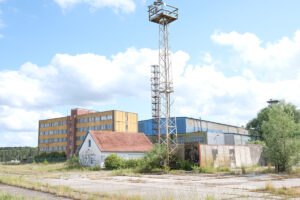
That's a bit stiff, isn't it? Jaekel adds: "We are a small industry in which sensible and goal-orientated cooperation is the key to success."
What would a shipyard boss change? The following minutes of conversation about examples of bureaucracy, tenders and metres of files are very factual and without finger-pointing. And here it should be editorially noted: wherever you are, the conversations are the same when it comes to procurement. All protagonists, whether manufacturers, suppliers, procurers or users, always name the same symptoms, choose the same vocabulary and describe the problem accurately, but without apportioning blame.
It is clear that the shipyard would like to be part of the solution. This also applies to the F 126 frigate project, in which the Peene shipyard is also involved. During the talks, headlines are circulating about a possible crisis and alleged failure. This will also be discussed, around a year after the keel was laid for the first frigate of the class. And critical questions need to be asked, as it was not possible to predict how the project would progress either at the time of the interview or at the time of going to press.
But we're not asking the questions here. We have addressed them to general contractor Damen in Vlissingen and the BAAINBw for an upcoming article. We are here to get to know the Peene shipyard. In Wolgast, they build and repair ships reliably and straightforwardly in an intact environment with the self-image of good craftsmanship. Champagne corks don't pop here, because they deliver without chichi. Anyone going on holiday to Usedom should take note of the large halls of the Peene shipyard just before the bridge. Halls that are needed more than ever in Germany.
Holger Schlüter
